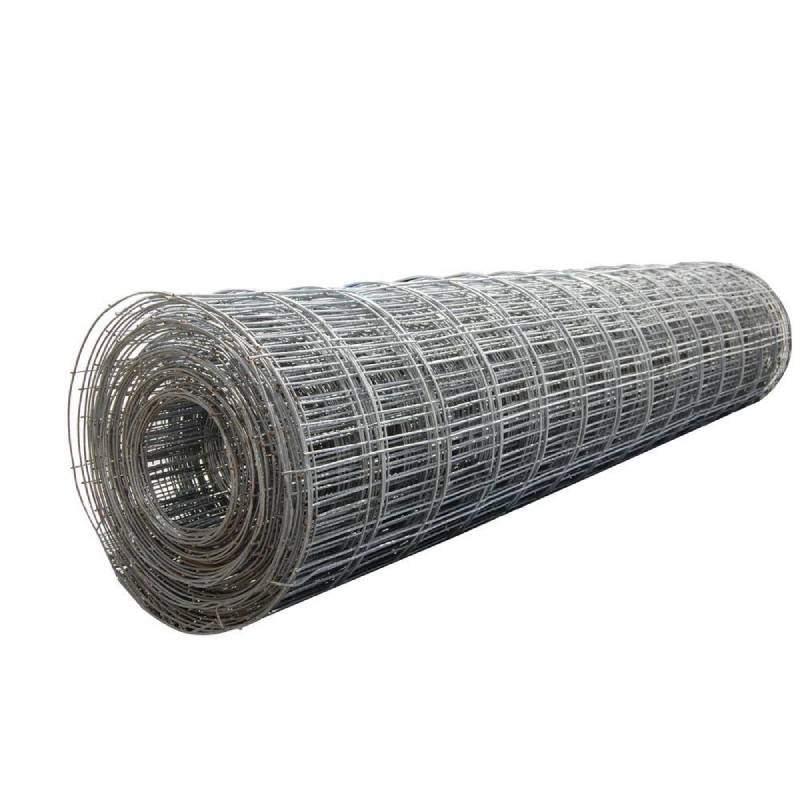
- Mobile Phone
- +8613931874955
- sales@cntcmetal.com
Understanding the Functionality and Benefits of Heating Coil Springs in Various Applications
Understanding Heating Coil Springs Functionality and Applications
Heating coil springs are specialized mechanical components designed to provide consistent thermal performance in various applications. These springs combine the features of traditional coil springs with the capability to generate heat when electricity flows through them. The innovative design and functionality of heating coil springs make them indispensable in modern engineering and manufacturing processes.
Composition and Design
Heating coil springs are typically made from high-resistance materials that can endure high temperatures while maintaining their structural integrity. Common materials include nickel-chromium alloys, which are known for their excellent electrical resistance and heat-resilient properties. The design of these springs varies significantly based on their intended application, but they generally possess a tightly wound coil structure that allows for efficient heat distribution.
The primary function of a heating coil spring is to convert electrical energy into thermal energy through resistive heating. When an electric current passes through the coil, it encounters resistance, which generates heat. This principle, known as Joule heating, is central to the operation of heating coil springs and allows for precise temperature control in various applications.
Applications
Heating coil springs find applications across multiple industries. One of the most notable uses is in the automotive sector, where they are utilized in seat heaters and defrosters. By providing rapid and even heating, these springs enhance passenger comfort in cold weather conditions.
In the aerospace industry, heating coil springs are used in various thermal management systems, ensuring that critical components remain within operational temperature ranges. Additionally, they are employed in the manufacturing of food processing equipment, where consistent heating is essential for maintaining food safety and quality.
Moreover, these springs are essential in industrial applications, such as in the production of plastics and metals. In these processes, controlling temperature is crucial to achieving the desired material properties. Heating coil springs can facilitate these processes by ensuring uniform heating during molding and extrusion operations.
heating coil springs

Benefits
The use of heating coil springs offers numerous advantages. One of the most significant benefits is their energy efficiency. By providing direct heating to specific components, they reduce the need for extensive heating systems, leading to lower energy consumption. Additionally, the compact size of heating coil springs allows for integration into tight spaces where traditional heating elements might not fit.
Another advantage is the responsiveness of heating coil springs. They can heat up quickly, allowing for rapid temperature control. This feature is particularly beneficial in applications where quick changes in temperature are required, such as in medical devices and laboratory equipment.
Challenges and Considerations
Despite their advantages, the design and implementation of heating coil springs come with challenges. One of the primary concerns is ensuring uniform heat distribution to prevent localized overheating, which can damage components or affect product quality. Engineers must carefully design the coil configuration and select appropriate materials to mitigate these risks.
Additionally, managing thermal expansion is essential, as the heating and cooling cycles can lead to mechanical stress and fatigue in the springs. Manufacturers must consider these factors during the design process to enhance the longevity and reliability of heating coil springs.
Conclusion
In conclusion, heating coil springs are a fascinating blend of mechanical and thermal engineering. Their ability to convert electrical energy into heat makes them valuable in a multitude of applications, from automotive comfort systems to industrial manufacturing processes. As technology advances, the design and efficiency of heating coil springs will continue to improve, further enhancing their contributions to modern engineering solutions. Understanding their functionality and applications will enable engineers to leverage these components for innovative and energy-efficient designs in the future.
share:
-
Yard Sign Stakes: Reliable Guardians of Outdoor SignsNewsAug.04,2025
-
Wall Ties: Invisible Guardians of Building StabilityNewsAug.04,2025
-
Resilient Web: The Super Guardian Power of Concrete MeshNewsAug.04,2025
-
Masonry Accessories: A versatile assistant on building foundationsNewsAug.04,2025
-
Iron Binding Wire: the 'invisible reinforcement specialist' in the fields of architecture and industryNewsAug.04,2025
-
Dynamic Spring: The diverse functions and excellent performance of Wire Tension SpringNewsAug.04,2025
-
Your Source for Concrete Wall Ties and Masonry AccessoriesNewsJul.10,2025



















